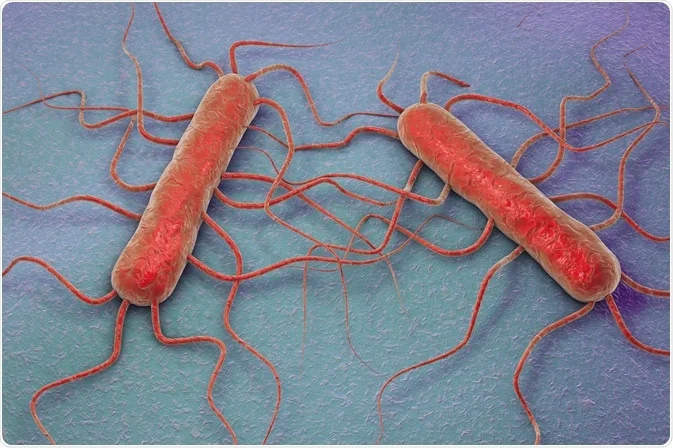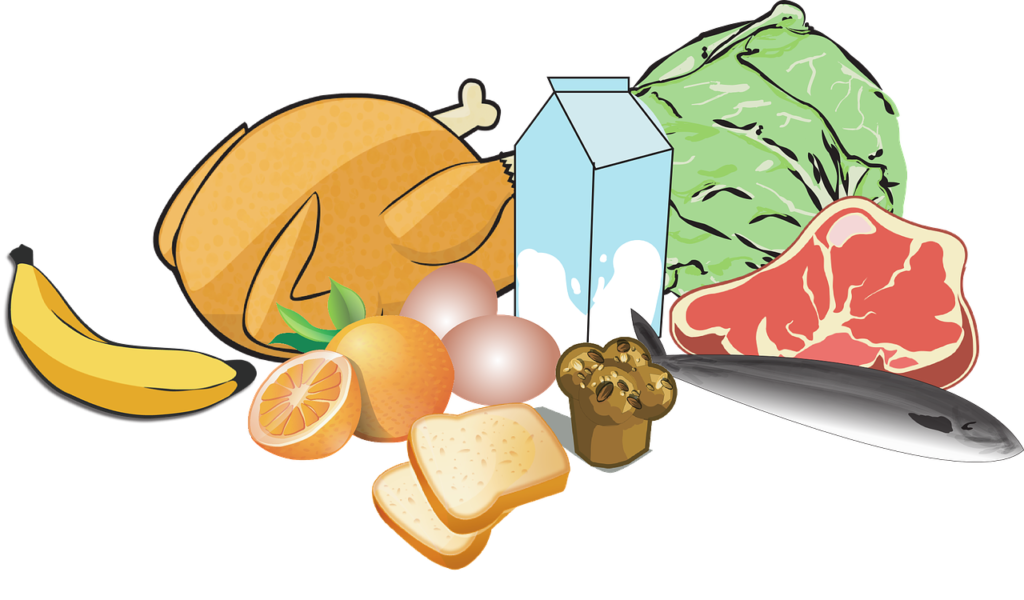This post will cover the easiest and most applicable controls to tell you how to avoid Listeria infection.
Listeria outbreaks have become increasingly prevalent in recent years. One recent example is the Listeria outbreak in Michigan which caused 9 deaths and tens of hospitalized cases.
Consider our post today as a step towards getting the learned lessons after this awful incident.
What is the best way to prevent poor food safety ?
This is the main message in the majority of my posts.
For today’s post, I’ll mention five essential and applicable tips to help you safeguard your health and prevent Listeria infection.
But we need first to understand some key facts about Listeria.
Listeria Characteristics :

Listeria monocytogenes is a versatile bacterium capable of surviving and multiplying in a wide range of environments.
As USDA Answered, one of its most distinctive characteristics is its ability to tolerate cold temperatures.
It can also multiply slowly at 24 °F, defeating one traditional food safety defense which is refrigeration.
This characteristic makes it a potential contaminant of chilled foods.
This bacterium is commonly found in soil, water, and the intestines of animals.
It can contaminate a variety of foods, including fruits, vegetables, and processed meats.
Listeria can also be introduced to food during storage, processing, or handling through cross-contamination.
This is why we need to be aware of which storage practice could cause cross-contamination and avoid it.
Also, Listeria can threaten some people more than others.
We need to take more precautions for Pregnant women, newborns, elderly people, and those with low immunity.
How to Prevent Listeria Infection (Top 5 Practices)
1. Practice Rigorous Hygiene:
Thorough handwashing: Wash your hands with soap and water before, during, and after food preparation.
There is a correct order of steps for handwashing you can learn and follow.

Sanitize surfaces: Clean and disinfect all surfaces, utensils, and equipment used for food preparation.
Separate raw and cooked foods: Avoid cross-contamination by using separate cutting boards and utensils for raw and cooked foods
2. Cook Foods to Safe Temperatures:
Use a food thermometer: Ensure that foods are cooked to their recommended internal temperatures to kill any harmful bacteria.

Reheat leftovers properly: Reheat leftovers to a temperature of 165°F (74°C) to destroy any lingering bacteria.
Reheating foods can be done using many tools, you can select the available for you.
3. Handle Foods Carefully:
Refrigerate perishable foods promptly: Store perishable foods in the refrigerator within two hours of purchase or preparation.
Avoid leaving foods out at room temperature: Keep foods out of the temperature danger zone (between 40°F and 140°F) for extended periods.
Check expiration dates: Consume foods before their expiration dates.
Food containers highlight different dates like sell-by, use-by, and expiry dates. Be aware of them and carefully respect them.
4. Consume Foods with Caution:
Avoid raw or undercooked foods: Steer clear of raw or undercooked meats, poultry, seafood, eggs, and soft cheeses.
This can be avoided easily by using an internal food thermometer.
Be cautious with pre-cooked foods: Handle pre-cooked foods with care and follow the manufacturer’s instructions.
5. Protect Vulnerable Populations:
Individuals at higher risk: Pregnant women, newborns, the elderly, and immunocompromised individuals should take extra precautions to avoid Listeria infection.
The symptoms may be severe and the complications can turn catastrophic for those vulnerable people.
Encourage safe food practices: Educate others about the importance of proper food safety to protect the entire community.
Everybody should be able to answer this question fluently: what is the best way to prevent poor food safety ?
By following these five essential practices, you can significantly reduce your risk of Listeria infection and enjoy safe, delicious meals.
Conclusion:
Preventing Listeria infection is crucial for safeguarding public health.
By adhering to the five essential practices outlined in this article, you can significantly reduce your risk and protect yourself and your loved ones from illness.
Remember to prioritize proper food safety in your daily routine.
Wash your hands frequently, cook foods to the recommended temperatures, handle foods carefully, and be mindful of the foods you consume.
By taking these proactive steps, you will know how to prevent Listeria infection perfectly.



